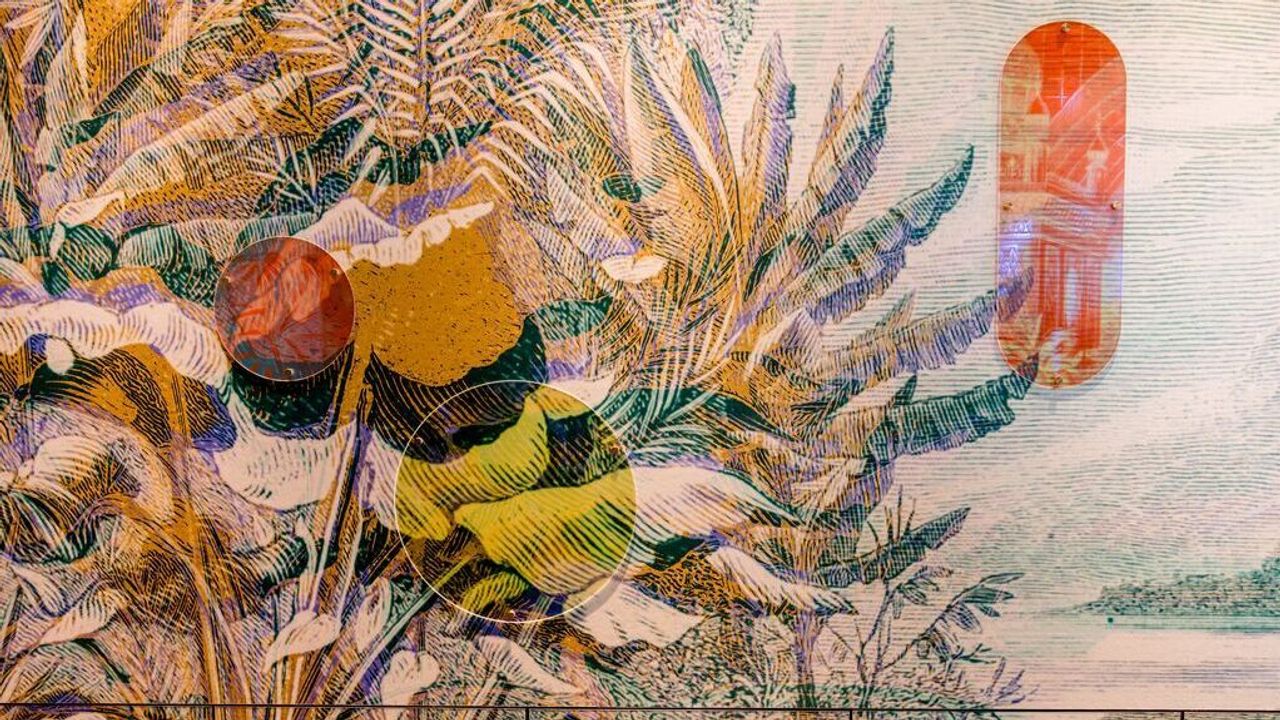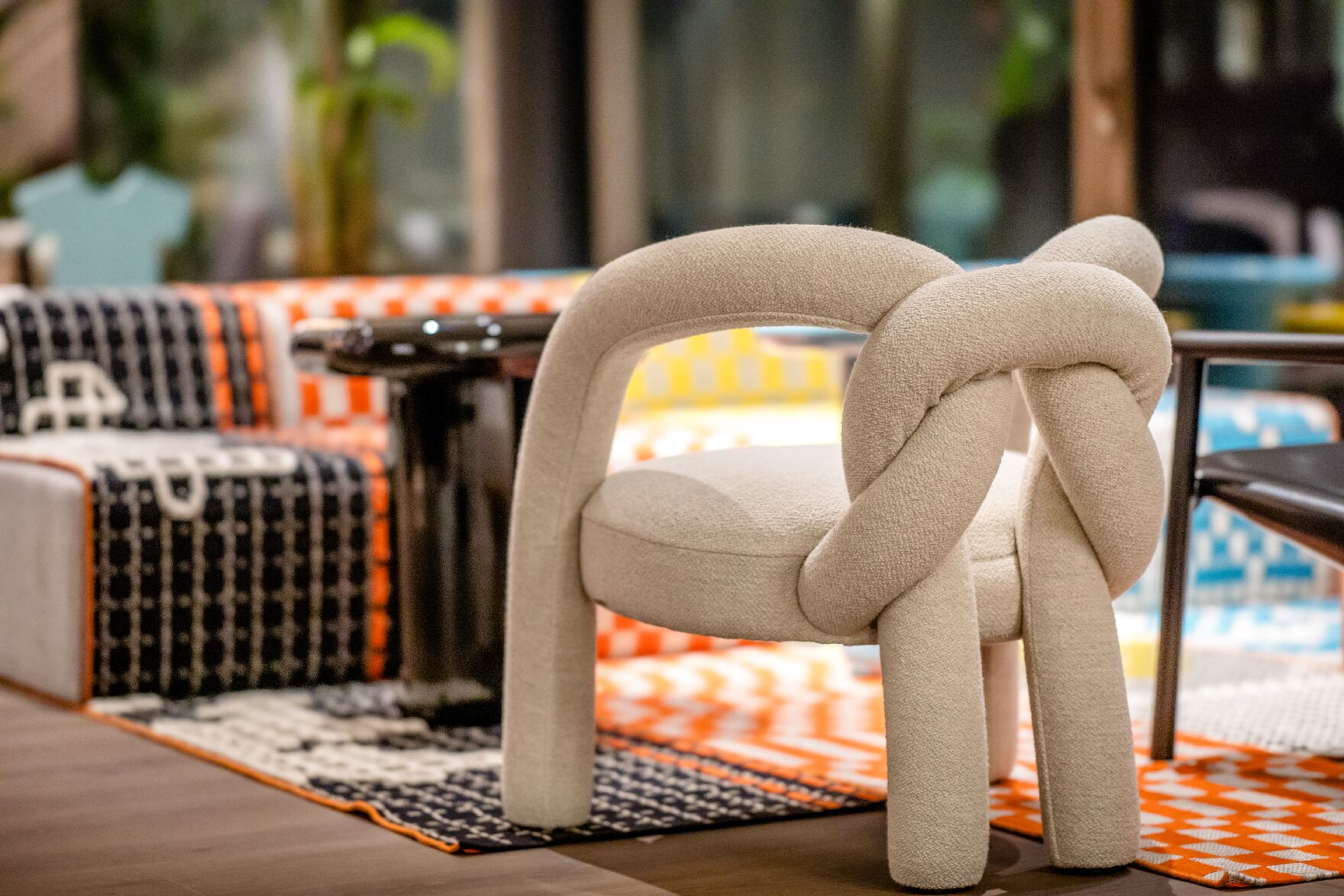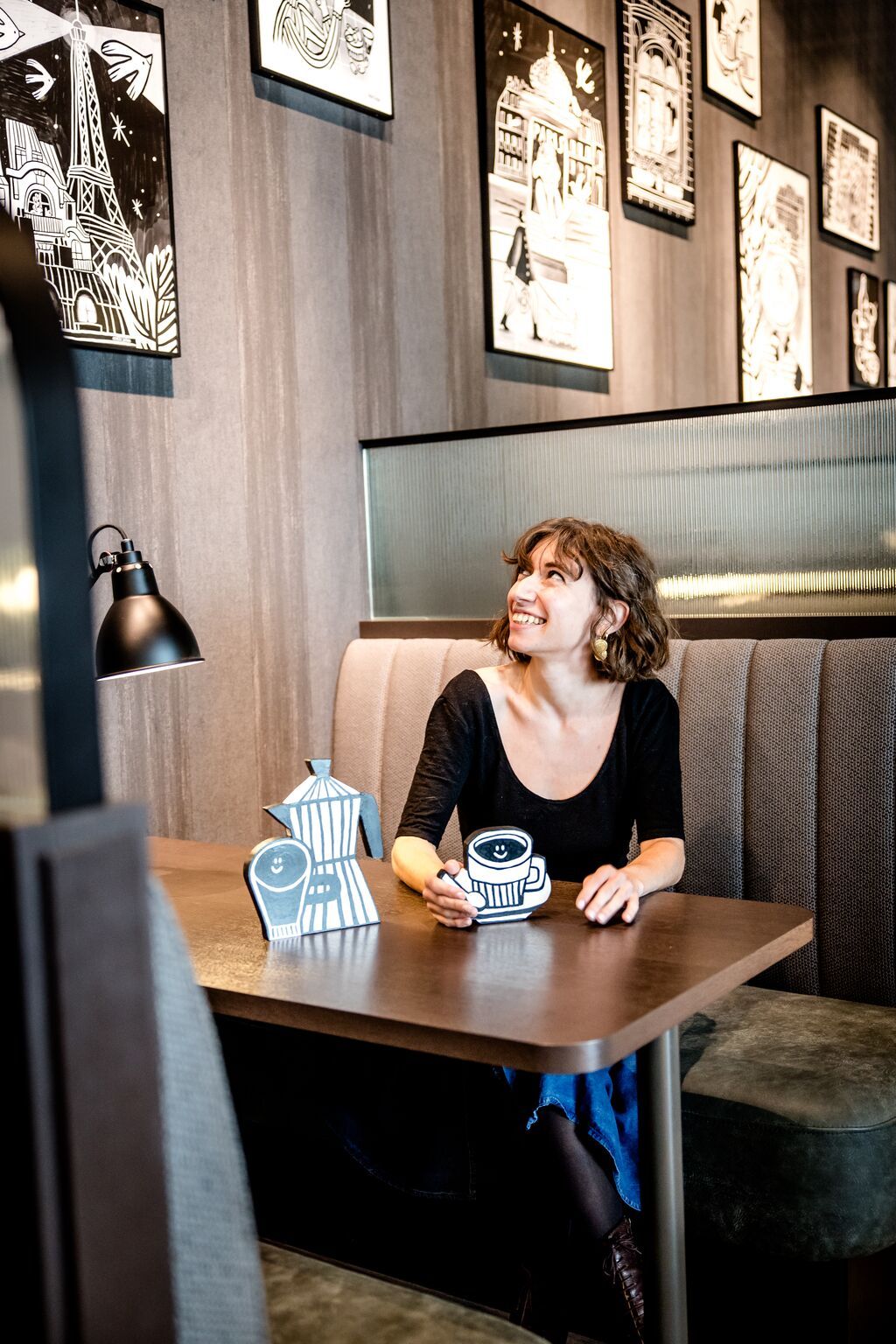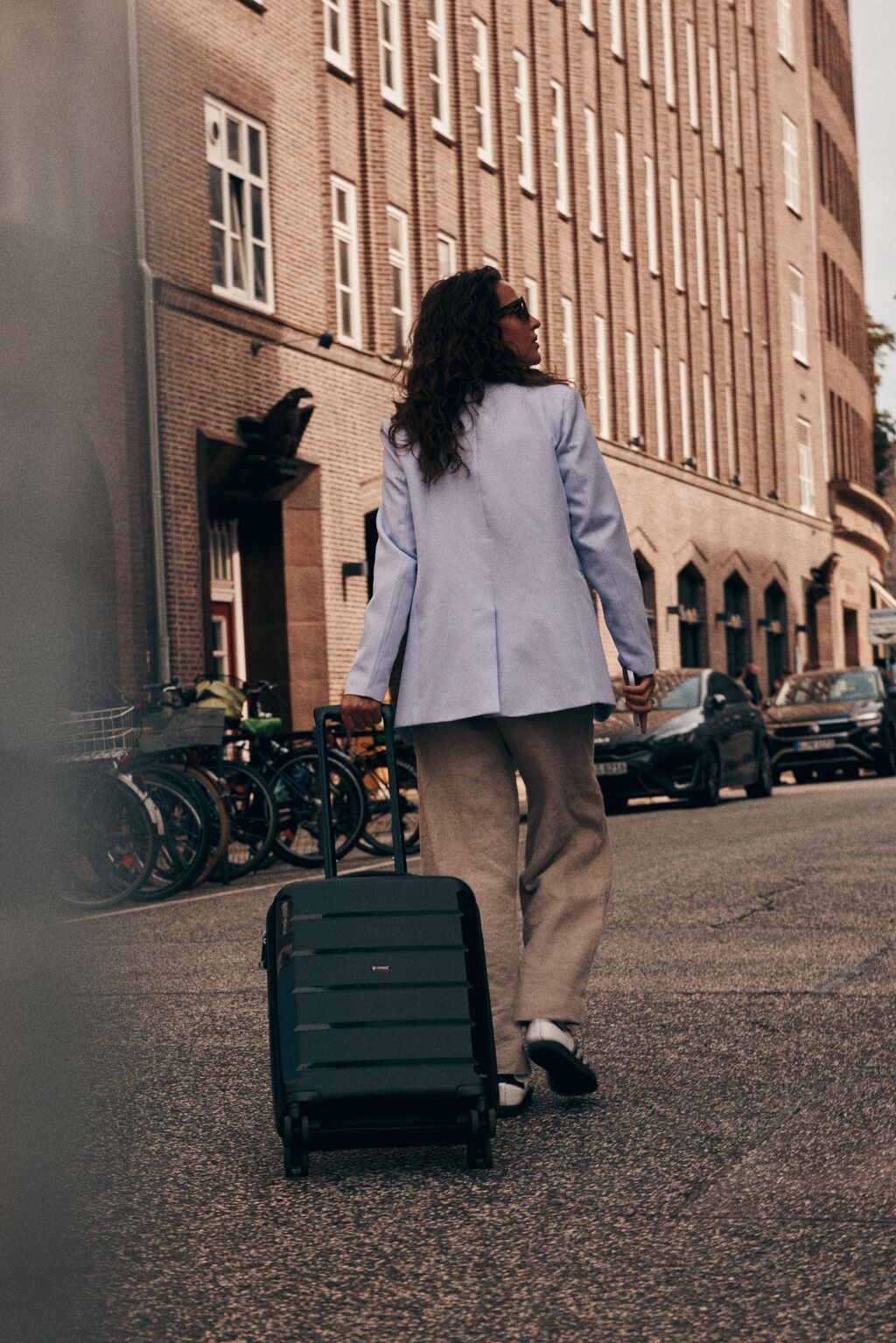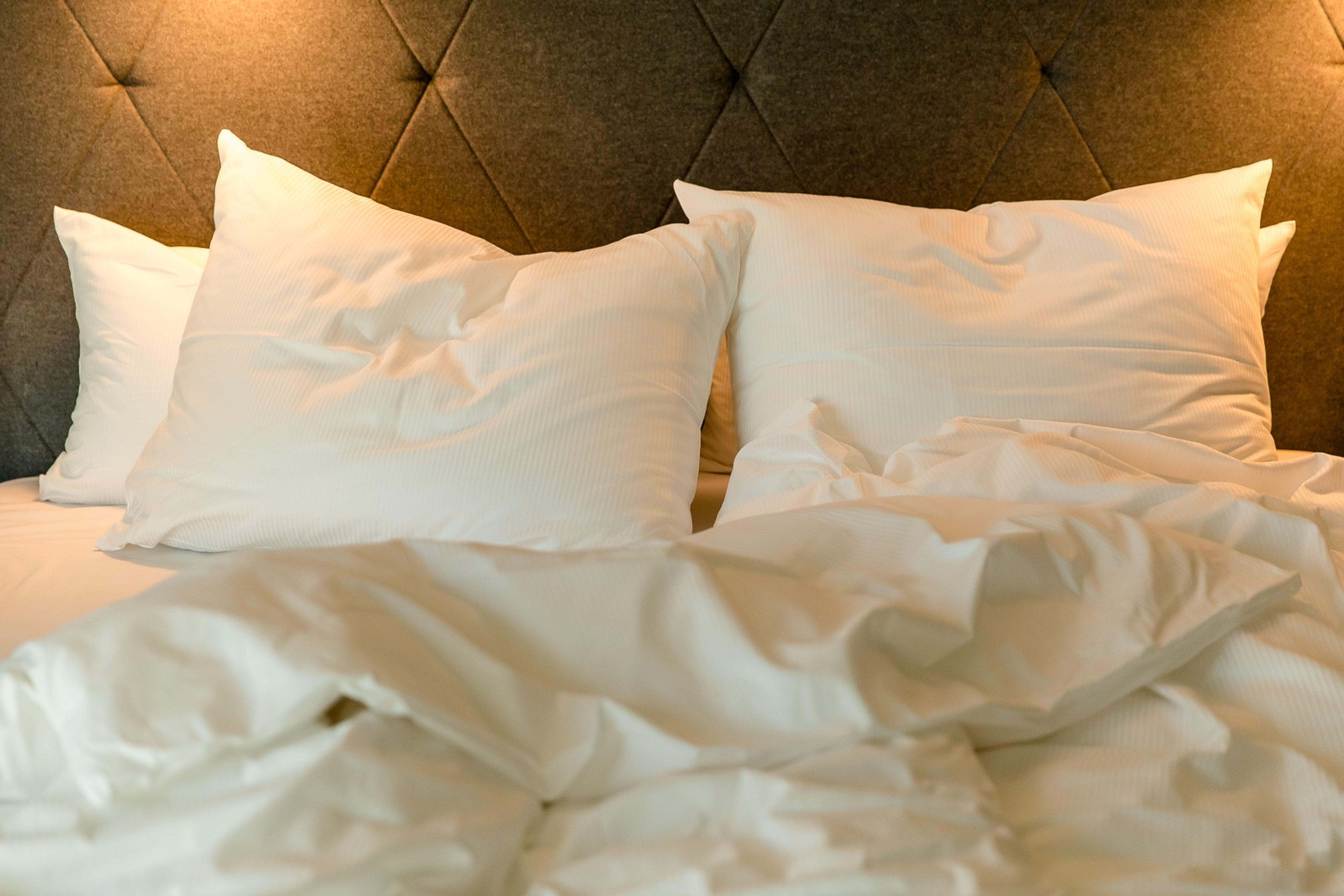Evalie Wagner x Motel One Munich-Hauptbahnhof
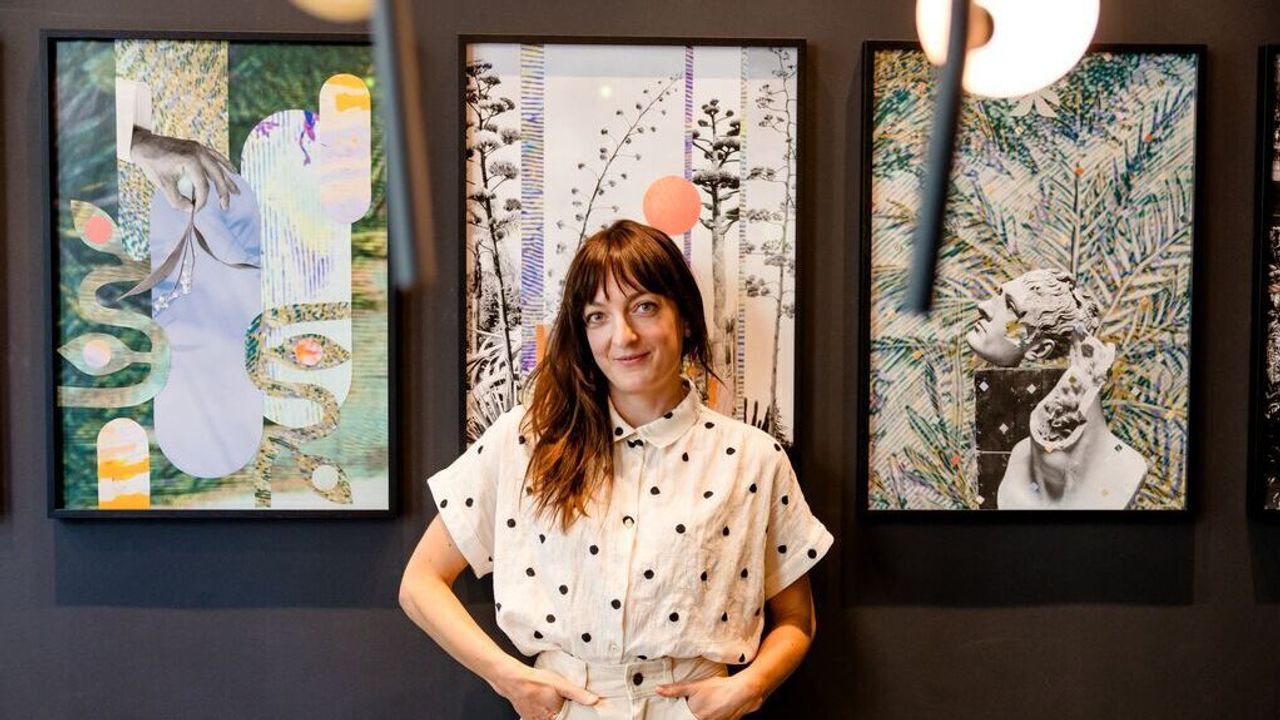

What is the title of your artwork?
Lucid Garden, a two-part work that opens up an interspace between history and imagination. Inspired by Ludwig II's lost winter garden, dreamlike scenes unfold in the installation and collages to form a metaphorical diorama – a visual séance in which history, nature and myth are atmospherically condensed.
What are the central elements, and what message or emotion do you want to convey with them?
The starting point for the installation and collages was a historical woodcut of the winter garden on the roof of the residence, which I found in an antique bookshop. This artificially created paradise of the eccentric monarch was demolished shortly after his death. There he collected exotic plants and created illusionistic scenes. Digitally reworked, I used the woodcut as wallpaper behind the reception desk. Printed dichroic glass panes are mounted on it, which subtly refract and reflect the image depending on the viewing angle – a dreamlike approximation of the lost garden with its auratic distance.
Opposite, a series of collages blends motifs from the wallpaper with other images. Using found footage from the early 20th century, I compose avant-garde silhouettes, botanical elements such as water lilies, palm leaves, lilies of the valley and agaves, as well as mythological fragments into playful allegories that refer to Ludwig's fantastical garden world.
What inspired you to create this artwork?
In my artistic work, I deal with gardens, plants and their cultural-historical contexts. During a project in the Munich-Nymphenburg Botanical Garden, I came across an old newspaper clipping about the lost winter garden at the Residenz – an artificially created paradise that staged a strange, exotic world in the middle of the urban space. This construction of nature and distance, which is both real and imaginary, fascinated me deeply. Especially in a hotel that welcomes travellers from all over the world, I found the idea of retelling the story of this lost garden and building a poetic bridge between history and the present day appealing.
What materials and techniques do you use?
For Lucid Garden, I used authentic materials that have a sensual and physical presence: wallpaper
as an image carrier, glossy and matte paper for the collages, and dichroic glass, which refracts and reflects light in changing
colours, creating a lively interplay on the surfaces.
Especially in a hotel that welcomes travellers from all over the world, I found the idea appealing to retell the story of this lost garden and build a poetic bridge between history and the present.
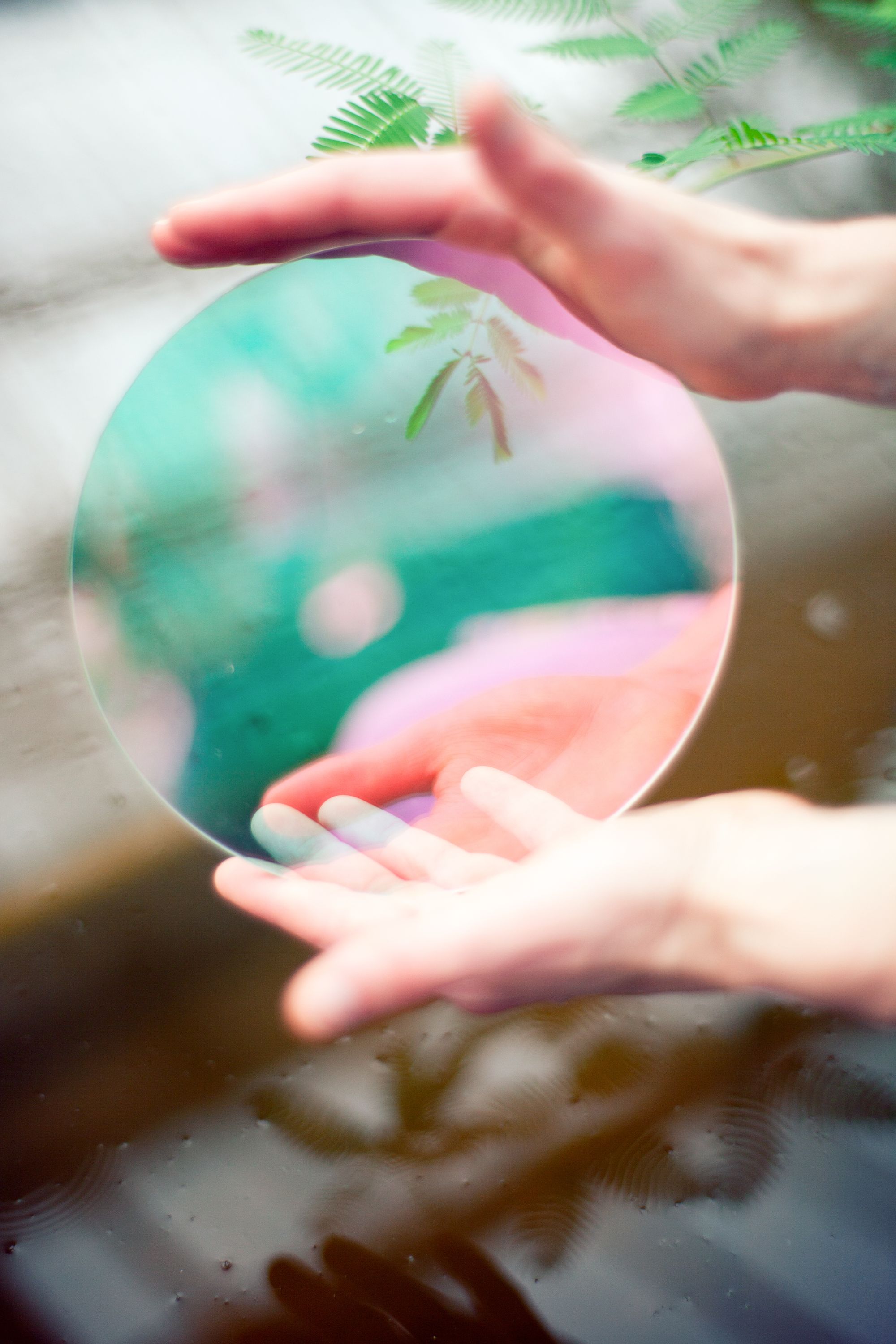
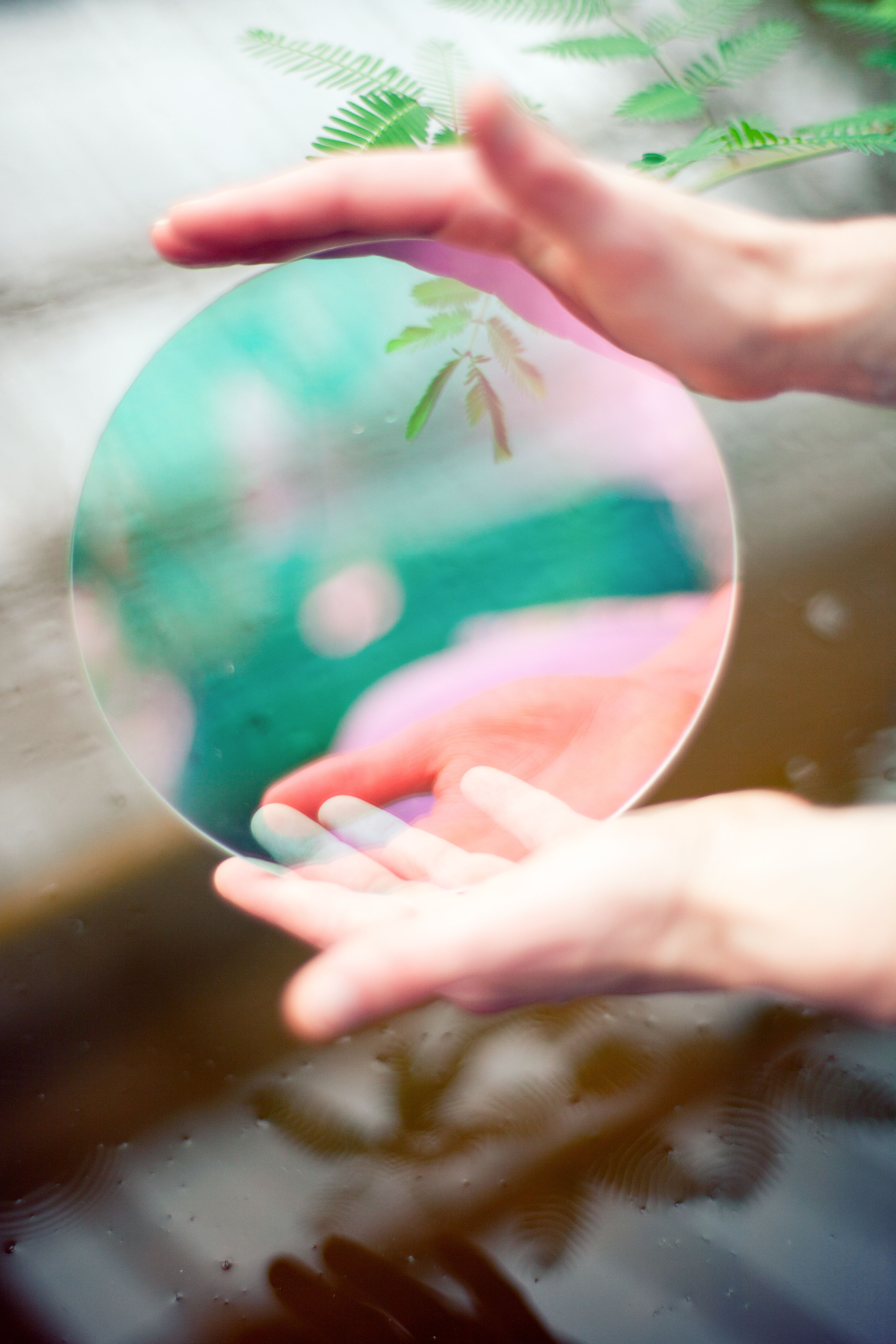
.


.
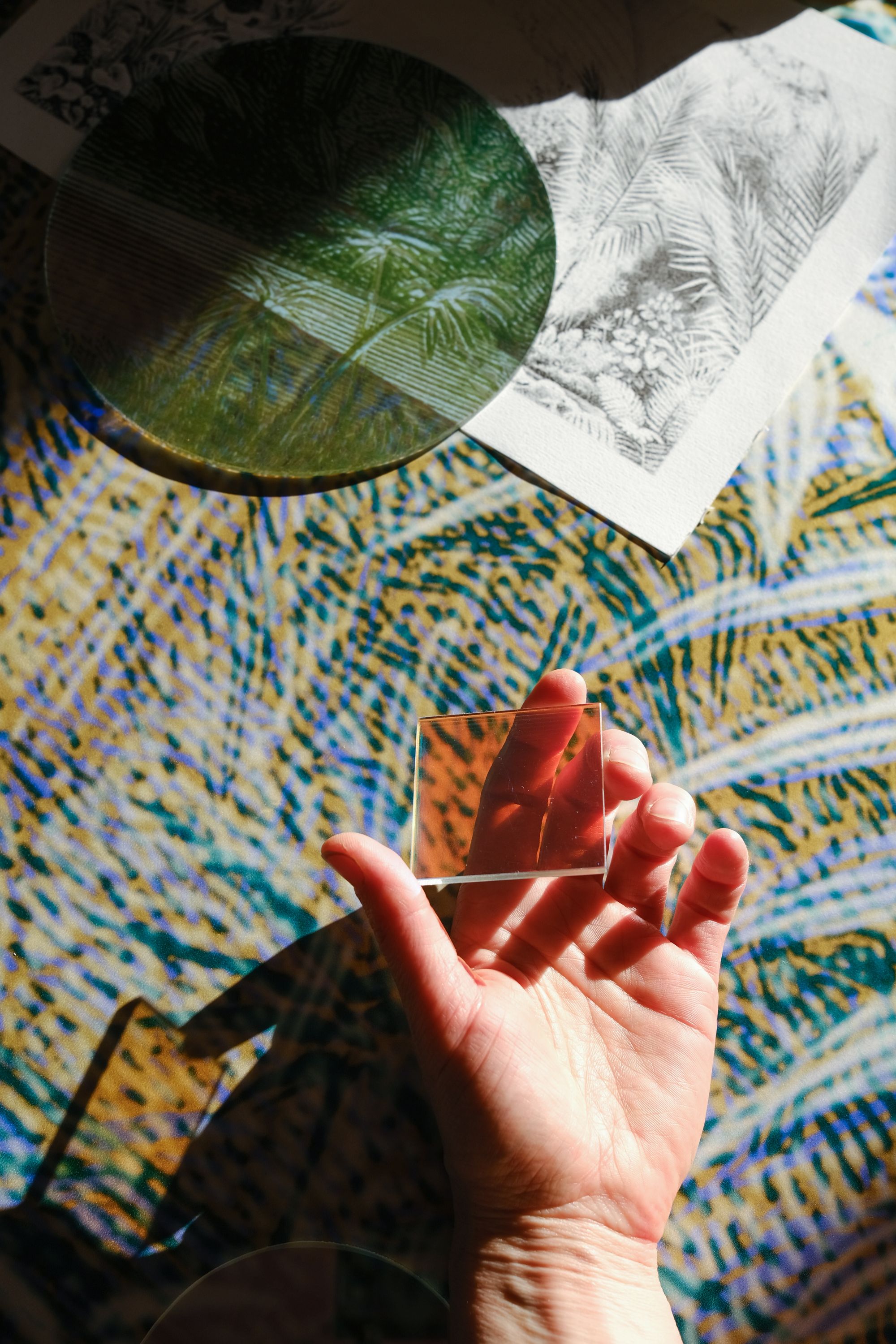

.
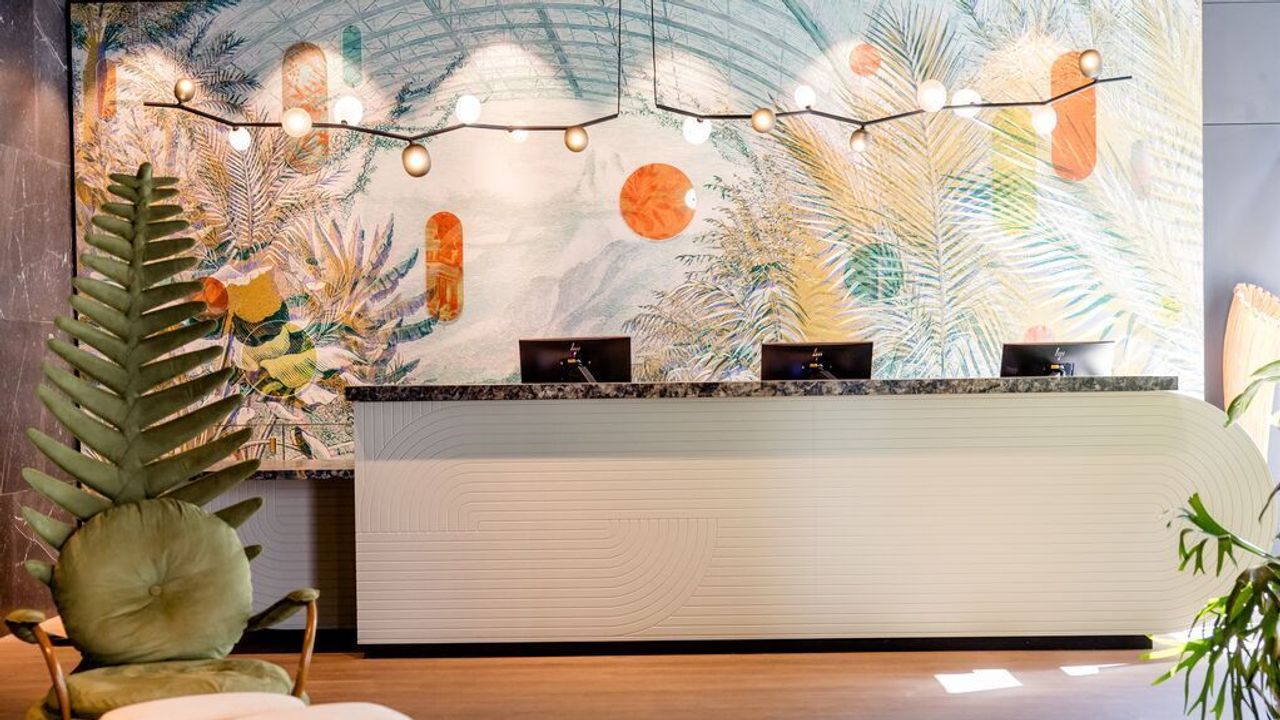

What challenges did you face when creating this artwork?
I am used to working in bright rooms with subtle details – but here, deep black and strong contrasts dominated, which was an unfamiliar challenge. Integrating the art in such a way that it both blends in and stands out on its own... Instead of adding power, I sought to achieve a balance of lightness and playful elegance – a lucid dream between presence and imagination.
What motivated you to participate in this project?
I was very pleased to receive your request, as I enjoy working with architecture, interiors and emerging spaces. The given theme of Ludwig II and his garden worlds provided an inspiring and clear starting point for the implementation. I like to do extensive research, so I set out to find historical photographs and documents to help me decide which plants, shapes and colours to choose for the implementation.
To what extent does your work reflect the atmosphere and style of the location?
Lucid Garden enters into a dialogue with the lively atmosphere of Motel One – unusual design, dazzling colours and allegorical playfulness. This mixture would also have appealed to King Ludwig, a true dreamer who undertook nocturnal excursions and truly lived out his love of exotic plants and exuberant interiors.

